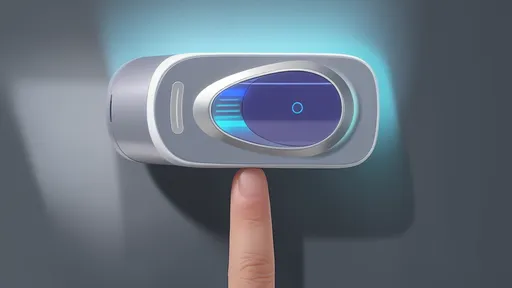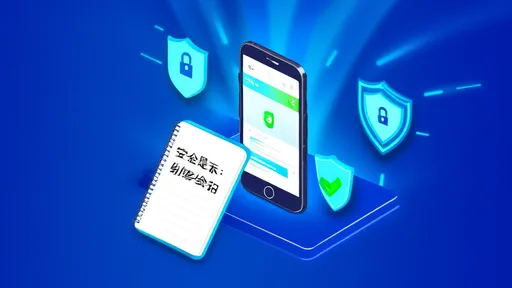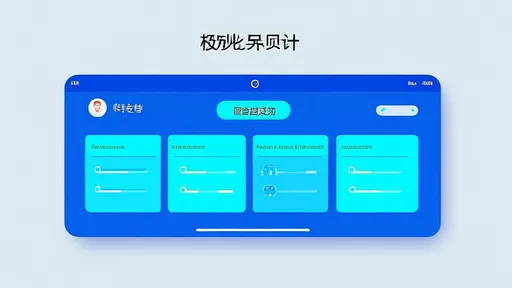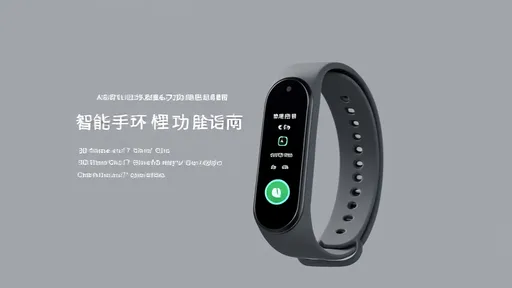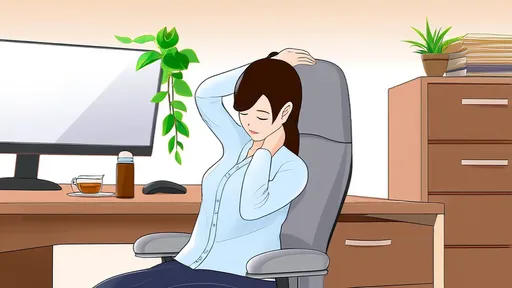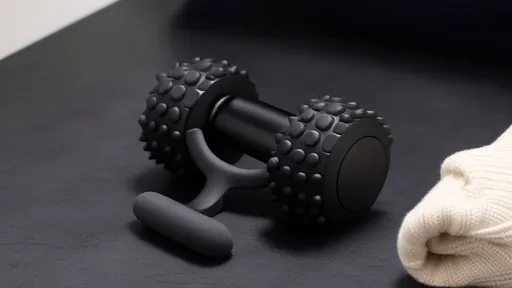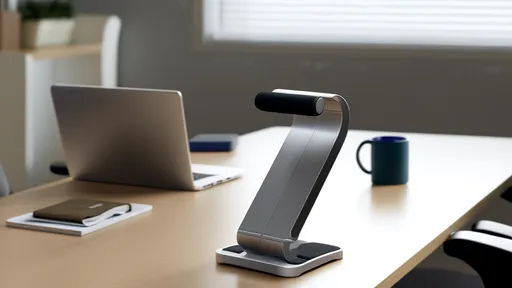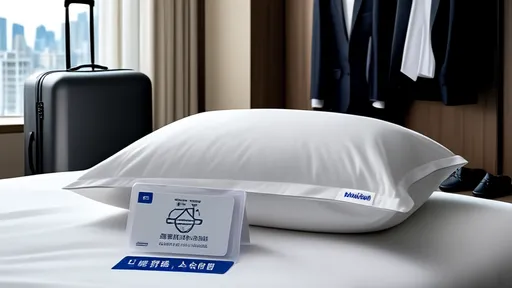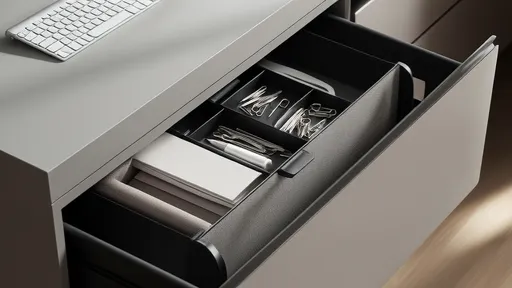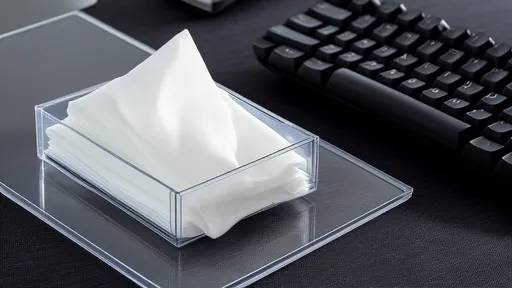In today's fast-paced corporate environment, telephone conferences have become an indispensable part of daily work routines. However, the prolonged hours spent hunched over phones or laptops during these virtual meetings have given rise to a silent epidemic: chronic neck and shoulder pain. As awareness grows about the physical toll of our digital work habits, a new category of ergonomic solutions has emerged – the telephone conference neck support brace.
The modern workforce is grappling with what occupational health experts now call "tech neck." This condition stems from the unnatural forward head posture maintained during extended phone use, whether held between the ear and shoulder or looked down at during conference calls. The average human head weighs approximately 10-12 pounds, but when tilted forward just 15 degrees, the effective weight on the cervical spine increases to 27 pounds. At 60 degrees of flexion – the typical angle when looking down at a phone – the neck bears nearly 60 pounds of pressure. It's no wonder that 79% of professionals aged 22-65 report regular neck discomfort after virtual meetings.
Enter the telephone conference shoulder rest, a deceptively simple device that could revolutionize how we conduct mobile meetings. These innovative supports typically feature a cushioned platform that elevates the phone to eye level while providing stability through shoulder or chest contact. By maintaining proper spinal alignment, they eliminate the need for awkward neck angles or shoulder scrunching. Early adopters in corporate settings report dramatic reductions in post-call fatigue, with some companies now including these devices in their employee wellness packages.
The engineering behind these supports reveals surprising sophistication. Premium models incorporate medical-grade memory foam that contours to individual body shapes while remaining breathable during extended wear. Some feature adjustable telescoping arms that accommodate different phone sizes and user heights. The most advanced versions even integrate bone conduction technology, allowing hands-free audio without compromising sound quality or requiring earbuds that can cause additional strain.
Market response to these ergonomic aids has been overwhelmingly positive, but not without some initial skepticism. Early concerns about appearing unprofessional while using the devices quickly faded as remote work normalized home office setups. What began as a niche product for frequent teleconference users has expanded to benefit students attending virtual lectures, seniors connecting with family, and even gamers engaged in marathon sessions. The universal need for comfortable tech interaction has created a booming accessory category projected to reach $420 million globally by 2026.
Medical professionals have cautiously endorsed these devices as part of comprehensive workplace ergonomics. Physical therapists emphasize that while the supports help maintain proper posture, they should be used in conjunction with regular movement breaks. The ideal usage pattern involves alternating between supported calls and standing or walking conversations when possible. Some progressive clinics have begun prescribing customized versions for patients recovering from cervical spine injuries or dealing with chronic conditions like arthritis.
As hybrid work models become permanent fixtures in the professional landscape, the telephone conference support industry continues to innovate. Next-generation prototypes in development include smart sensors that vibrate when users slouch, integrated posture tracking for corporate wellness programs, and even self-warming pads for muscle relaxation during stressful negotiations. The humble phone stand has evolved into a sophisticated health preservation tool, reflecting our growing understanding of how profoundly workplace technology affects our bodies.
The cultural shift toward prioritizing physical well-being during digital interactions may represent one of the few positive outcomes from the global remote work experiment. Where companies once focused solely on productivity metrics, forward-thinking organizations now recognize that employee comfort directly correlates with meeting effectiveness and long-term job performance. The telephone conference neck brace, in its various forms, symbolizes this new awareness – that technological progress shouldn't come at the cost of our basic physical health.
Looking ahead, these devices may become as ubiquitous as ergonomic chairs in office settings. Some industry analysts predict eventual integration with wearable technology, potentially syncing with smart watches to provide real-time posture feedback or linking with calendar apps to schedule stretching breaks between back-to-back calls. As artificial intelligence takes over more routine meeting tasks, perhaps the most valuable technology will be that which helps preserve our humanity – starting with keeping our heads held high, both literally and figuratively.
Pulse oximeters have become indispensable tools in modern healthcare, particularly in monitoring oxygen saturation levels non-invasively. However, one common challenge users face is nail interference, which can skew readings and lead to inaccurate results. Understanding how to mitigate this issue is crucial for both medical professionals and individuals relying on these devices for health monitoring.
The pharmaceutical industry has undergone significant transformations in recent years, with one of the most notable advancements being the implementation of drug traceability systems. These systems, often centered around unique identification codes known as drug traceability codes, have become a cornerstone in ensuring the safety, authenticity, and transparency of pharmaceutical products. The ability to track a drug's journey from manufacturing to consumption has not only bolstered consumer confidence but also streamlined regulatory compliance and supply chain management.
The rise of digital healthcare credentials has brought unprecedented convenience to patients worldwide, but it has also opened new avenues for fraudsters. Electronic medical insurance certificates, designed to streamline access to healthcare services, have become a prime target for sophisticated cybercriminals. This phenomenon isn't isolated to any particular region—from Beijing to Boston, healthcare systems are witnessing an alarming increase in digital credential theft.
The rise of telemedicine has transformed how patients access healthcare, with online consultations becoming increasingly common. One critical aspect of virtual visits that often goes overlooked is the quality of medical photos patients submit. Clear, well-composed images can make the difference between an accurate remote diagnosis and unnecessary follow-up appointments. As patients take more responsibility for documenting their health concerns through photography, mastering a few fundamental techniques becomes essential.
The growing reliance on health apps has brought privacy and security concerns to the forefront. As these applications collect sensitive data—ranging from heart rate and sleep patterns to medical history and GPS locations—users and regulators alike are questioning how this information is managed. The permissions granted to health apps often determine the extent of data access, making it crucial to establish robust strategies for permission management.
In today’s fast-paced world, many of us find ourselves glued to our desks for hours on end, often losing track of time until stiffness or discomfort sets in. Sedentary behavior has become a silent health hazard, linked to a range of issues from poor posture to increased risk of chronic diseases. Fortunately, wearable technology like fitness bands has stepped in to combat this modern-day problem. One of the most valuable features these devices offer is the sedentary reminder—a gentle nudge to get up and move. But simply enabling the feature isn’t enough; understanding how to optimize its settings can make the difference between a helpful tool and an ignored alert.
The modern pace of life has made fast food an unavoidable part of our dietary landscape. While nutritionists consistently warn about the health consequences of regular fast food consumption, the reality is that most people will find themselves eating these convenient meals more often than they'd like to admit. Rather than moralizing about avoidance, a more practical approach focuses on mitigation - how to nutritionally rescue your body after fast food consumption.
In our screen-dominated world, eye fatigue has become an epidemic. The constant glare from digital devices leaves millions rubbing their temples and squinting through blurred vision. While artificial tears and blue light glasses offer temporary relief, traditional Chinese medicine presents an intriguing alternative – acupressure for eye strain. This ancient healing art teaches that strategic finger pressure along meridian pathways can dissolve tension, improve circulation, and restore visual clarity without medications.
Air-conditioned rooms provide comfort during hot weather, but they often come with an unintended side effect: dry nasal passages. The constant circulation of cooled air tends to strip moisture from the environment, leaving many people struggling with irritation, congestion, or even nosebleeds. Understanding how to maintain nasal hydration in such conditions is essential for both comfort and health.
For those who spend long hours sitting at a desk or in front of a computer, the struggle with stiff calves and poor circulation is all too real. The modern sedentary lifestyle has given rise to a generation of "desk-bound professionals" who often neglect the importance of movement. Enter the calf massage roller—a simple yet effective tool designed to alleviate tension, improve blood flow, and restore mobility to overworked lower legs.
In today's fast-paced corporate environment, telephone conferences have become an indispensable part of daily work routines. However, the prolonged hours spent hunched over phones or laptops during these virtual meetings have given rise to a silent epidemic: chronic neck and shoulder pain. As awareness grows about the physical toll of our digital work habits, a new category of ergonomic solutions has emerged – the telephone conference neck support brace.
Business travel often comes with its own set of challenges, and one of the most overlooked yet critical aspects is the quality of sleep. Hotels, aware of this, have started paying closer attention to their pillow offerings. The way hotels handle pillows can significantly impact a guest's experience, and many are now adopting innovative approaches to ensure comfort and hygiene.
Afternoon tea is a beloved ritual for many, offering a moment of respite in the midst of a busy day. However, traditional afternoon tea spreads often lean heavily on sugary treats, refined carbohydrates, and calorie-laden snacks. For those seeking a healthier approach without sacrificing flavor or satisfaction, there are plenty of nutritious alternatives that can transform this daily indulgence into a nourishing experience.
The modern workplace can be a breeding ground for stress, and often, the state of our physical surroundings mirrors our mental clutter. Nowhere is this more evident than in the humble desk drawer—a microcosm of chaos for many professionals. The concept of drawer decompression organizing isn’t just about tidying up; it’s a tactile form of self-care that bridges the gap between productivity and mental well-being.
In today’s fast-paced digital world, keyboards have become an essential part of our daily lives. Whether at work, school, or home, we rely on them for communication, productivity, and entertainment. However, what many people overlook is the fact that keyboards can harbor a surprising amount of germs and bacteria. Studies have shown that keyboards can be dirtier than toilet seats, making regular cleaning a necessity. One effective and convenient solution for maintaining keyboard hygiene is the use of disinfecting wipes. These wipes are specially designed to clean and sanitize surfaces without causing damage, making them ideal for electronic devices.
